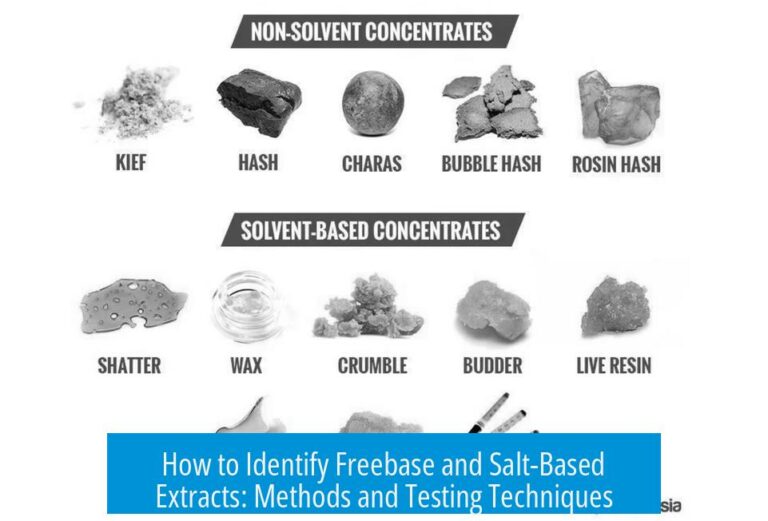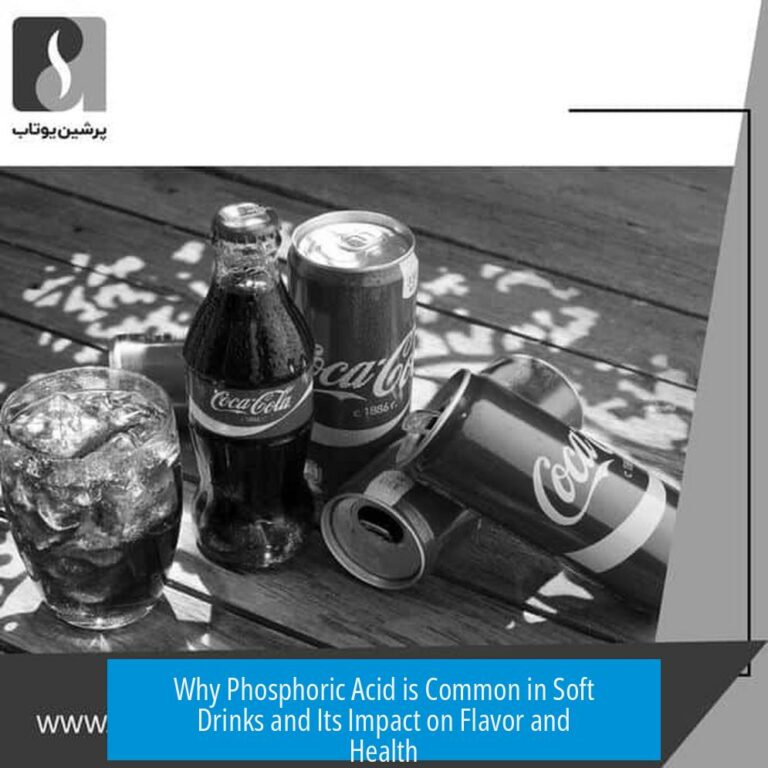Why Aren’t These All Structural Isomers of C3H8O?

Not all proposed structures qualify as structural isomers of C3H8O because oxygen’s bonding constraints and formal charge considerations prohibit certain bonding patterns.
Oxygen’s Bonding Limitations
Oxygen typically forms two covalent bonds due to its six valence electrons. It prefers sharing electrons in a way that keeps a stable, neutral formal charge. When oxygen forms four bonds, the formal charge calculation is:
Formal charge = 6 valence electrons – (4 bonds) = +2
This positive charge is inconsistent with the neutral molecular formula C3H8O. Oxygen rarely, if ever, forms four bonds without incurring unreasonable charge or instability. Thus, any structure proposing oxygen with four bonds cannot be a valid isomer.
Chemical Formula and Charge Consistency
Structural isomers must conform strictly to the molecular formula without altering overall charge. If unusual oxygen bonding introduces charges, the molecular formula no longer accurately describes the compound. Additionally, reasonable structures exclude protonation states or unusual bonding arrangements that are not physically or chemically feasible—for example, a double-protonated acetone ion is not stable or valid as an isomer.
Constraints on Oxygen Bonding Patterns
Some invalid proposed structures feature oxygen double bonded to carbon while simultaneously single bonded to two other carbons. This bonding contradicts accepted valence rules and is chemically unreasonable. Oxygen usually forms either two single bonds or one double bond and one single bond, not three bonds simultaneously.
Summary: Why Some Structures Are Invalid Isomers
- Oxygen cannot form four bonds without carrying a +2 formal charge, conflicting with C3H8O neutrality.
- Structures with oxygen bonding patterns such as one double bond plus two single bonds to carbon are chemically implausible.
- Structural isomers must be neutral, reasonable molecules matching the given molecular formula.
- Unstable protonation states or abnormal bonding are excluded from valid isomers.





Leave a Comment